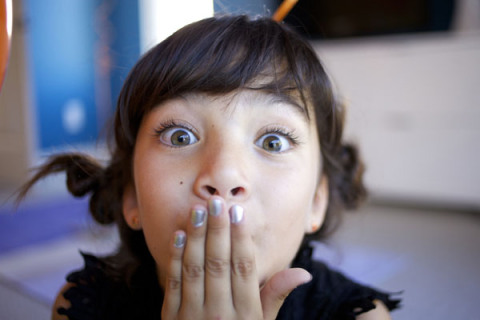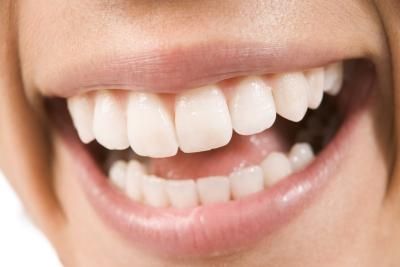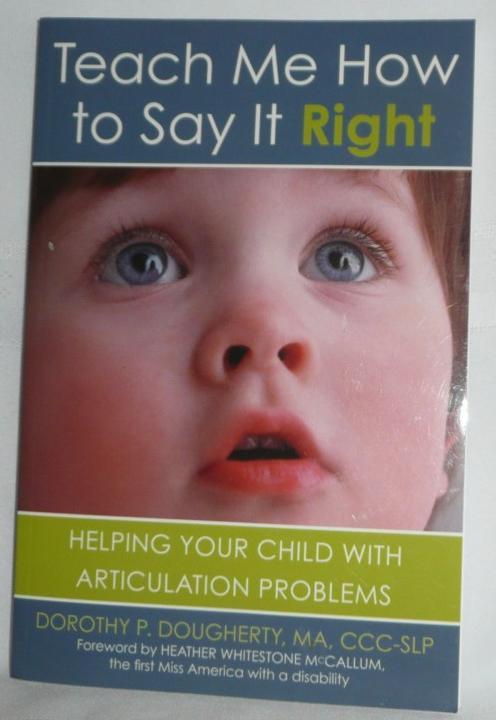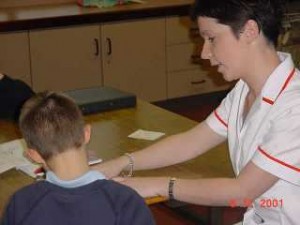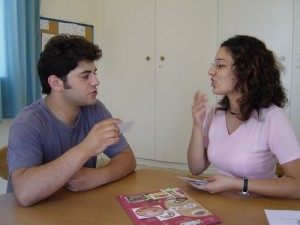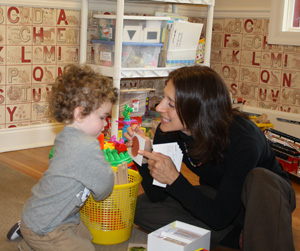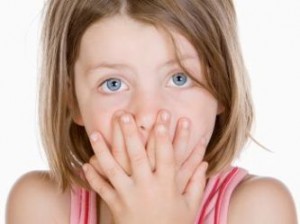Communication is complicated. How often do you find yourself asking your friend to “say that again?” or misspeak with a wrong word or a nonsense word by mistake? It happens to everyone. Despite well-developed communication skills, even adults can’t speak clearly at times. Why? Because successful communication requires the synchrony one of many skills. For some children, correcting an articulation error in speech therapy, that sound might only be one piece of the communication puzzle. In fact, that’s exactly why speech pathologists do an evaluation, to assess, using an arsenal of measures, many elements of communication. Fortunately for parents who might be concerned, there are two simple things that might be impacting a child’s communication that can be easily addressed.

